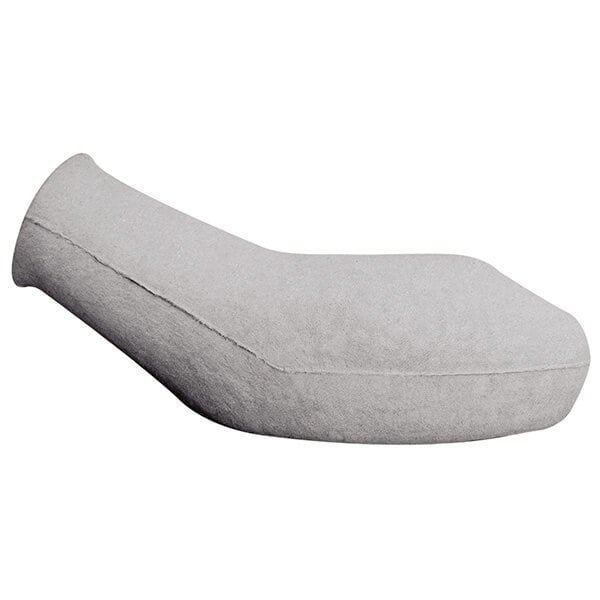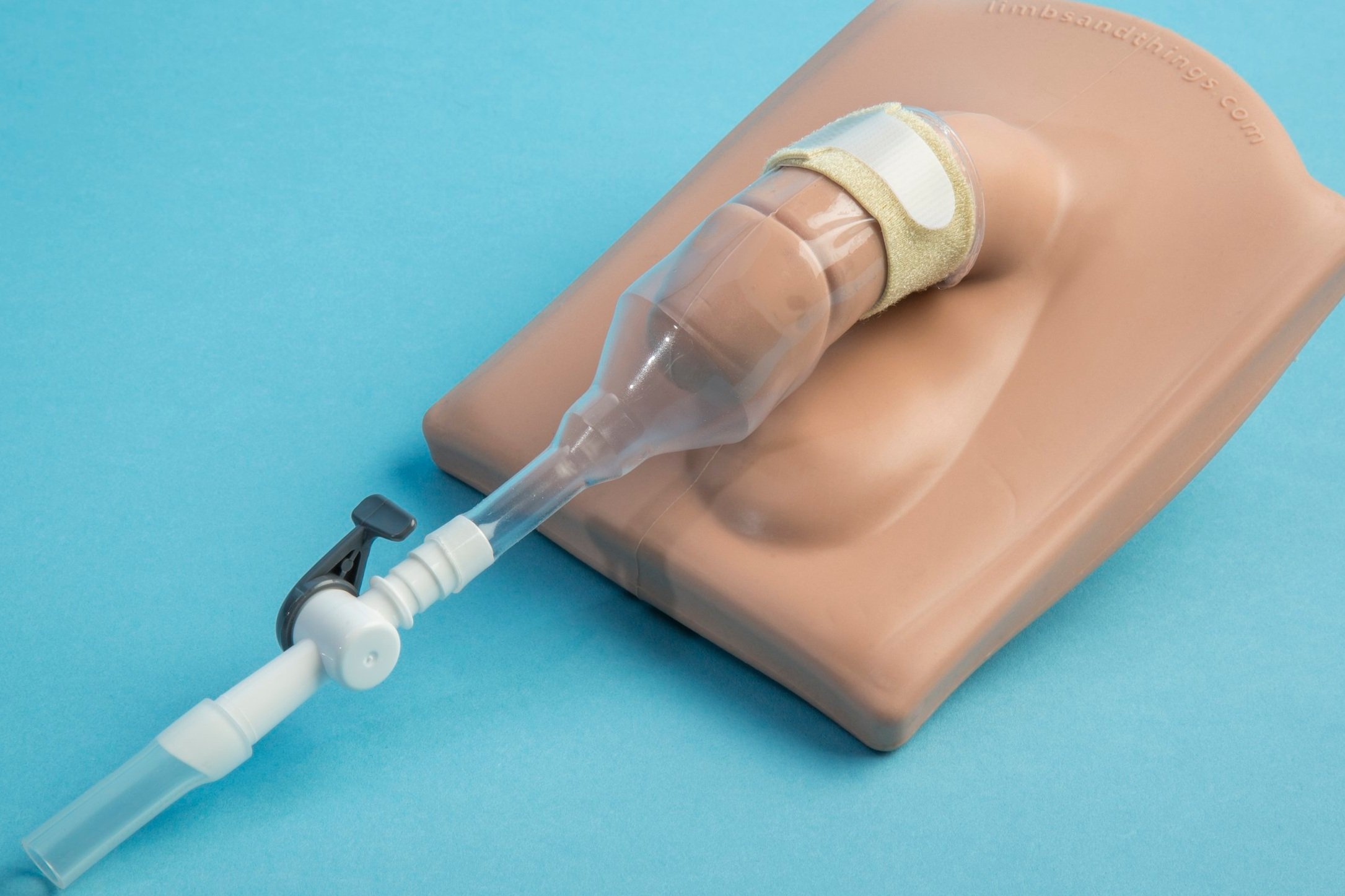Nursing Jargon Cheatsheet
These are just some of the phrases the members of the nursing team have heard and left us confused. Don’t worry though, we have collated everything we can think of so you can impress everyone when you confidently know what NAFLD means! Sadly this list isn’t exhaustive but these are as many as we can think of and we are happy to add to it! Please message Future Frontline on Instagram or email us if you can think of some important ones!
MDT: Multidisciplinary team (all the different professions involved in a patient’s care)
BM: Blood glucose Monitoring (typically used for patients with diabetes or on certain medications)
QD BM: Four times daily blood monitoring
BD BM: Twice daily blood monitoring
Datix: incident reporting software used in the NHS
AWI: Adults with incapacity OR Anterior wall infarction
C. diff: Clostridium difficile (common bacteria that can cause a bowel infection)
Ecoli: Escherichia coli (bacteria commonly found in the lower intestines)
AF: atrial fibrillation
C+: Covid positive
Ao1: Assistance of 1 person for mobility
Zim: Zimmer frame
Mobile: the patient is mobile
Ind: the patient is independently mobile
Ind. w stick: the patient is independently mobile with their stick
Nd + FF: normal diet and full fluids
Delir. : the patient may be experiencing delirium
Tbd: to be discharged
Pt Ot: Physiotherapist occupational therapist
Ciwa-a (scale): Clinical Institute Withdrawal Assessment for alcohol
SOB: Short of breath
PRN: taken when needed (used to refer to the frequency of when the patient takes the medication)
Amox: amoxicillin (a common antibiotic)
Pall: palliative care
EOD: End of day (sometimes used as shorthand to refer to the patient being in the later stages of life. It SHOULDN’T be used in official documentation but I find it’s a nicer way of saying that someone is nearing the end of their time)
Assist 2: patient needs the assistance of 2 people to mobilise
Urin incont: incontinent of urine
Incont. : U+F OR double incontinent: the patient is incontinent of urine and faeces
Uses bottles: the patient uses bottles to urinate in instead of going to the bathroom
Cath: the patient has a catheter in or uses a catheter in some way(usually more detail about the type of catheter will be given)
Uro sheath: an external catheter that is basically a plastic bag that fits over a patient’s penis and empties the collected urine into another bag. Sometimes known as a condom catheter
Uro Sheath
DNAR: Do Not Attempt Resuscitation
Neb: Nebuliser
hepC+ : Hepatitis C positive
Dex.: In my experience, it is used to indicate someone is on dexamethasone which means the person will need their blood glucose to be monitored
HTN: HyperTeNsion or high blood pressure
SAH: SubArrachnoid Haemmorhage OR Systemic Arterial Hypertension
NAFLD: Non-Alcoholic Fatty Liver Disease
TIA: Transient Ischaemic Haemorrhage
Syringe driver: a syringe that delivers medication into the IV slowly over time. It is sometimes used for pain relief and it needs to be checked often to ensure it is set at the right rate of delivery. It is often in a locked box because of the drugs being administered.
Syringe Driver
Desat to X: the patient has been known to desaturate their oxygen to X number
Coffee ground vom: the patient has thrown up vomit that looks like coffee grounds, this tells us they have internal bleeding as the blood has been partially digested by the stomach
Thickened fluids: the patient requires all their fluids to be thickened as per a dietician’s request. There should be instructions on how to do this, if you are unsure just ask!
AAA: Abdominal Aortic Aneurysm
ABG: Arterial Blood Gasses
ADL: Activities of daily living
Antt: aseptic Non-Touch Technique
BNO: Bowels Not Open
BO: Bowels Open
BP: Blood Pressure
BPM: Beats per Minute
COPD: Chronic Obstructive Pulmonary Disease
Crt: Capillary Refill Time
DBP: Diastolic blood pressure
EOL: End Of Life
FBC: Full Blood Count
GCS: Glasgow Coma Scale
HAI: Healthcare-Associated Infection
LFT: Liver Function Test
LOC: Level Of Consciousness
MI: Myocardial Infarction
MRSA: Methicillin-Resistant Staphylococcus Epidermidis
MUST: This is a malnutrition screening tool
SBP: Systolic Blood Pressure
TPN: Total Parenteral Nutrition
VT: Ventricular Tachycardia
WOB: Work Of Breathing
#: Facture
NOF#: Neck Of Femur fracture
Charge Nurse: typically the nurse in charge of a ward
CDs: Controlled Drugs
Sundowner: A phenomenon seen in elderly patients with dementia after the sun goes down. They can become very confused, agitated, combative, delusional, and even hallucinate.
NPO: Nil by mouth
TWOC: Trial Without Catheter
TWOC: Taken Without Consent
DMSA: dimercapto succinic acid - a type of scan to check kidney injury often used in paediatrics
NGT: nasogastric tube
NJT: nasojejunal tube
PEG: percutaneous endoscopic gastrostomy
PEG-J: percutaneous endoscopic gastro-jejostomy
SPC: suprapubic catheter
Stoma: an opening through the skin into a hollow organ
Urostomy: a stoma in the bladder to collect urine
Colostomy: a stoma in the colon to collect faeces
PICC: peripherally inserted central catheter (a tube that is placed in the arm through to the large veins near the heart)
MSC: mobile self caring
PA: pressure areas
AKI: acute kidney injury
GMAWS: Glasgow modified alcohol withdrawal scale
GAD7: a scale used to measure generalised anxiety disorder
VP: Ventriculoperitoneal shunt
VA: Ventricularatrial shunt
EVDs: External Ventricular Drain
ABCDEs: A protocol for assessing patients (Airway, Breathing, Circulation, Disability, Everything else)
SBARR: a protocol for handing over a patient (Situation, Background, Assessment, Recommendation, Response/Review)
STEMI: ST Wave Elevated Myocardial Infarction - Heart attack
Code brown: Incident involving a bowel movement
“Breathing treatment” : patient is going for a smoke
“Can you be a checker?” : can you help check the dispensed medication
“Phlebos” : phlebotomists, the people who take blood and insert cannulas
Special K: Ketamine (a strong painkiller/sedative)
Phrases to avoid
There are also some outdated phrases that should not be used and you should consider raising a concern to your line manager/ mentor if you hear them used. Some of these are more insensitive and some are outright offensive, but they are important to be aware of in case someone is causing harm by using them
Examples:
Yellow submarine: an obese person with jaundice
Noctor: a nurse who acts like a doctor
A “45C”: A person is “thick” or has a questionable IQ. The term comes from the fact that if one chromosome is lacking from the supposed 46, as in the case of 45C, mental disability will occur.
Happyjuice: This is a mixture of narcotics given pre-operatively or for painful cases of terminal cancer.
Status Dramaticus: someone who is being overly dramatic
HHS: Hysterical Hispanic Syndrome (more likely to be used in American hospitals where xenophobia against the Hispanic community is sadly more prevalent)
“Confined to a wheelchair”: someone who uses a wheelchair (mobility aids are freeing!)
Mental R**********: This is a slur used against people with intellectual disabilities and it is never appropriate to use.
Frequent flyer: a patient who repeatedly comes into A&E


